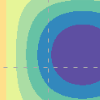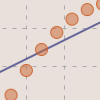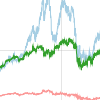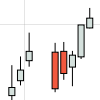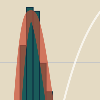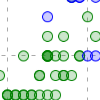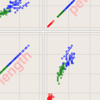Bokeh documentation¶
Bokeh is a Python library for creating interactive visualizations for modern web browsers. It helps you build beautiful graphics, ranging from simple plots to complex dashboards with streaming datasets. With Bokeh, you can create JavaScript-powered visualizations without writing any JavaScript yourself.
Finding the right documentation resources¶
Bokeh’s documentation consists of several components:
If you are new to Bokeh
Follow these guides to get started:
First steps: simple tutorials that walk you through installing Bokeh and creating your first visualizations.
User guide: explanations of all key functionalities of Bokeh and how to use them. Includes several standalone examples.
If you have some basic knowledge of Bokeh
Learn more by exploring examples:
Gallery: a collection of examples with source code.
Interactive tutorial notebooks: a collection of interactive notebooks to experiment with all elements of Bokeh.
User guide: explanations of all key functionalities of Bokeh and how to use them, including examples.
If you need more advanced information
Get to know every aspect of Bokeh:
Reference guide: detailed information about all of Bokeh’s components.
Contributor guide: information on the various ways you can contribute to the Bokeh project.
Connecting with the Bokeh community¶
There are various ways to get in touch with the Bokeh community:
The Bokeh Discourse is the best place to ask usage questions and is a great way to get feedback from other users on how to approach a problem.
Questions involving pandas or other libraries may find a wider audience by posting with the “bokeh” tag on Stack Overflow.
If you think you’ve found a bug, or would like to request a feature, please report an issue at Bokeh’s GitHub repository.
You can also find more information about Bokeh on Twitter, Medium, and LinkedIn.
